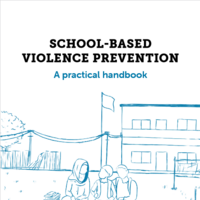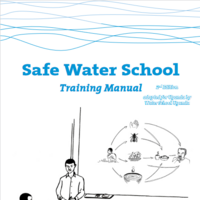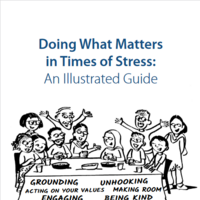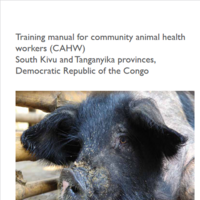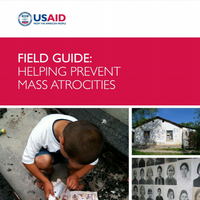Search
Books+
Searching 1,730 books
Search related to the career Occupational Health Physician
Role of Workplace Safety in Preventing Injuries
Introduction:
Workplace safety plays a crucial role in preventing injuries and ensuring the well-being of employees. By implementing effective safety measures, organizations can create a secure working environment that minimizes the risk of accidents and promotes productivity.
1. Hazard Identification and Risk Assessment:
The first step in preventing injuries is identifying potential hazards within the workplace. This involves conducting thorough assessments to identify risks associated with machinery, equipment, chemicals, and other workplace elements. By recognizing these hazards, organizations can take appropriate measures to eliminate or control them.
2. Safety Policies and Procedures:
Establishing comprehensive safety policies and procedures is essential for preventing injuries. These guidelines outline the expected safety practices and protocols that employees must follow. They cover areas such as proper use of equipment, handling hazardous materials, emergency response procedures, and personal protective equipment (PPE) usage.
3. Employee Training and Education:
Ensuring that employees are well-trained and educated about workplace safety is crucial. Training programs should cover topics such as hazard recognition, safe work practices, emergency procedures, and the proper use of protective equipment. By providing regular training sessions, organizations can enhance employee awareness and empower them to take proactive measures to prevent injuries.
4. Safety Inspections and Audits:
Regular safety inspections and audits are vital to identify potential hazards and ensure compliance with safety regulations. These assessments help organizations identify areas that require improvement and corrective actions. By addressing issues promptly, organizations can prevent accidents and maintain a safe working environment.
5. Reporting and Investigation:
Encouraging employees to report any safety concerns or incidents is crucial for preventing injuries. Establishing a culture of reporting allows organizations to investigate near misses, accidents, or hazardous conditions promptly. By understanding the root causes of incidents, organizations can implement corrective measures to prevent similar incidents in the future.
6. Safety Equipment and Facilities:
Providing appropriate safety equipment and maintaining safe facilities are essential for preventing injuries. This includes ensuring the availability and proper use of personal protective equipment (PPE), such as helmets, gloves, goggles, and safety harnesses. Additionally, organizations should maintain well-lit workspaces, clear walkways, and properly functioning safety devices to minimize the risk of accidents.
7. Continuous Improvement and Communication:
Workplace safety should be an ongoing process of improvement. Organizations should regularly review and update safety policies, procedures, and training programs to address emerging risks and industry best practices. Effective communication channels should be established to ensure that employees are aware of safety updates, procedures, and any changes that may impact their well-being.
Conclusion:
Workplace safety plays a vital role in preventing injuries by identifying hazards, implementing safety policies, providing training, conducting inspections, encouraging reporting, and maintaining safe facilities. By prioritizing safety, organizations can create a secure work environment that protects employees and promotes their well-being.
Source: Various AI tools
Vocational skills
Mining
Searched in English.
